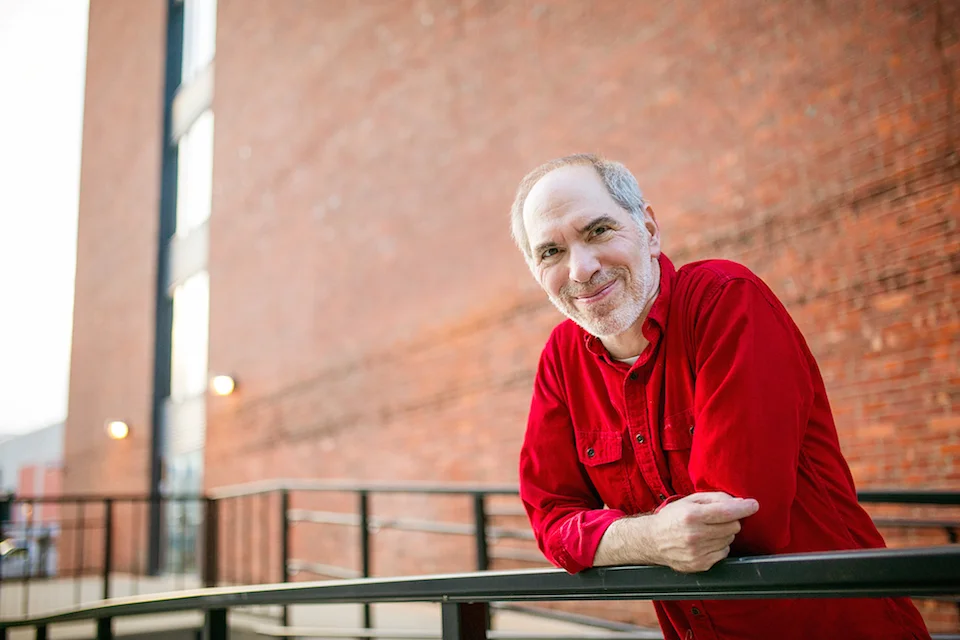The Myth of Conductor Longevity
/A few of my favorite conductors have lived into their nineties. Some people won’t find that surprising; after all, conductors are supposed to live a long time. I’ve been repeatedly assured that I’m destined for a long life because conducting is such good exercise. My well-meaning friends who believe that have, actually, been bamboozled by what I call “The Myth of Conductor Longevity.”
The myth arose because of a few very famous conductors who remained active until near the end of their long lives. Toscanini, Klemperer, Monteux, Fiedler and Bruno Walter all conducted well into their mid-to-late eighties. Some elderly conductors even taunted fate by signing long-term contracts with orchestras or record companies at an advanced age. The oldest of them all, Leopold Stokowski, signed a record deal at age ninety-four that was to run until his hundredth birthday; he actually made a few discs before succumbing a year later.
The facts, however, paint a different picture. Some years ago, a letter appeared in the New England Journal of Medicine. The correspondent, using Harold Schonberg’s book The Great Conductors as a representative sample, wrote the following: “The average life span of 112 conductors...who have died within (the twentieth) century from noncatastrophic causes computes to 71.2 years, plus or minus 10.1 years—a respectable but hardly remarkable figure.”
I’ve seen no evidence that the general increase in life span has helped conductors much. Leonard Bernstein lived to be only seventy-two, which in itself was remarkable considering his unhealthy lifestyle. Thomas Schippers, whose career was cut short by lung cancer at age forty-seven, was reportedly never seen without a cigarette in his hand, except when he was conducting. Another famous maestro got plenty of aerobic exercise on the podium. Unfortunately, he preceded each concert by eating a big, rare, juicy steak; he died of heart disease. So if you’ll excuse me, I have to eat some oat bran and go jogging.
KWMU commentary 1992, revised 2019
